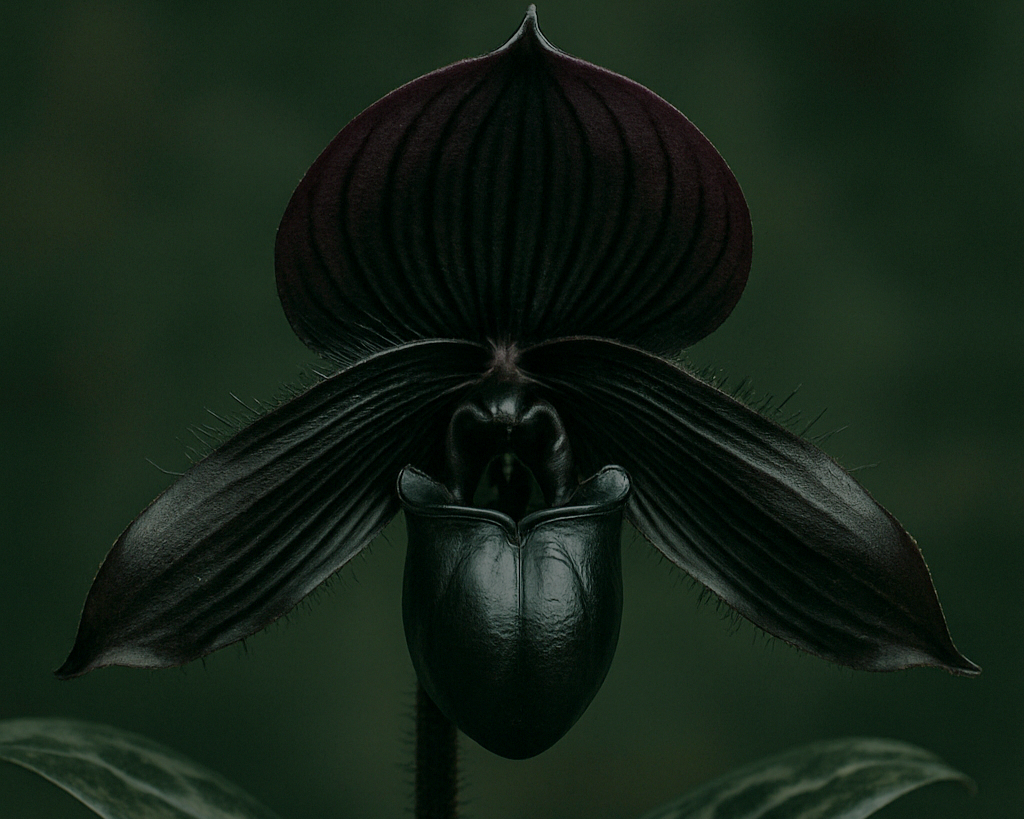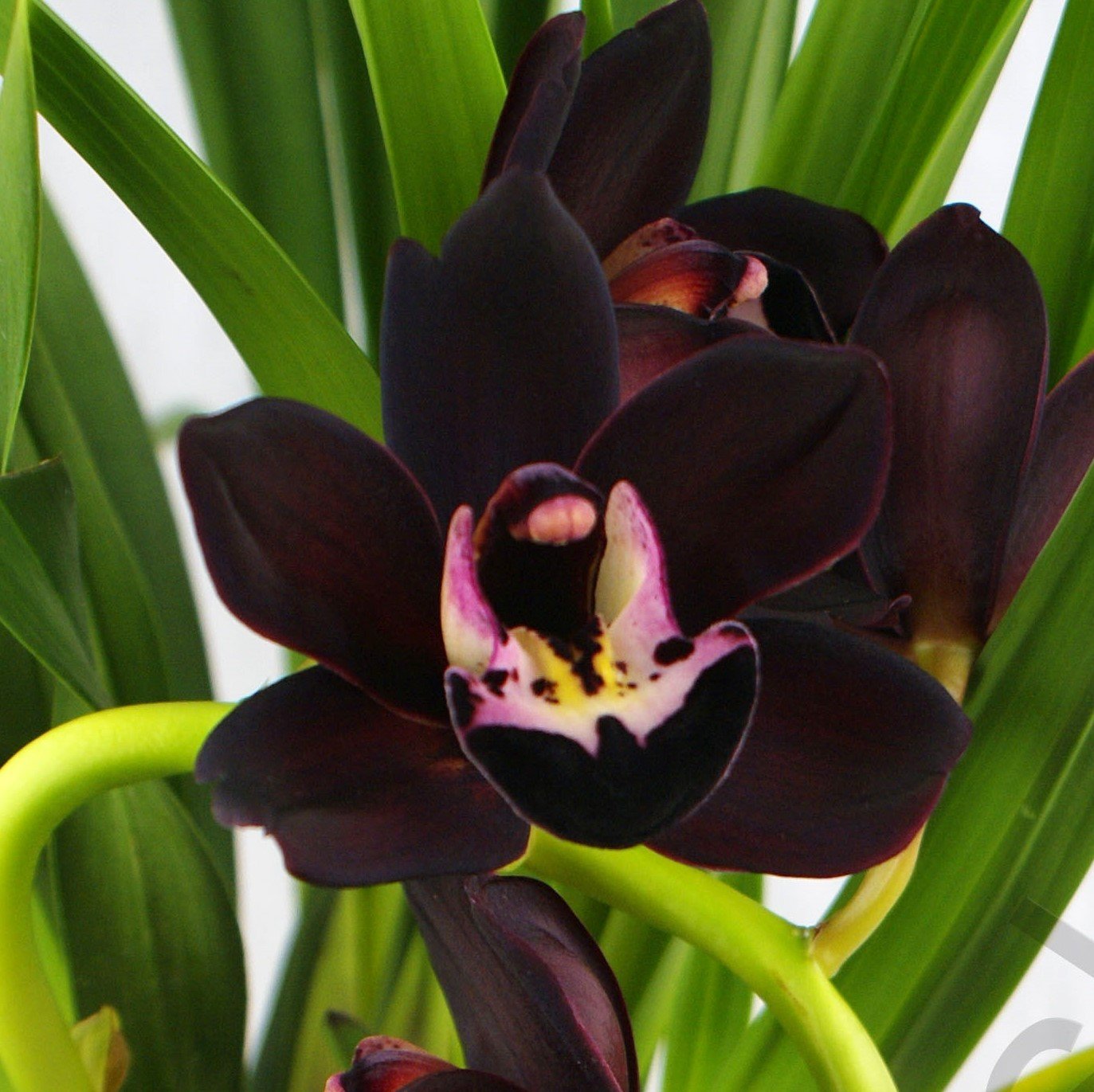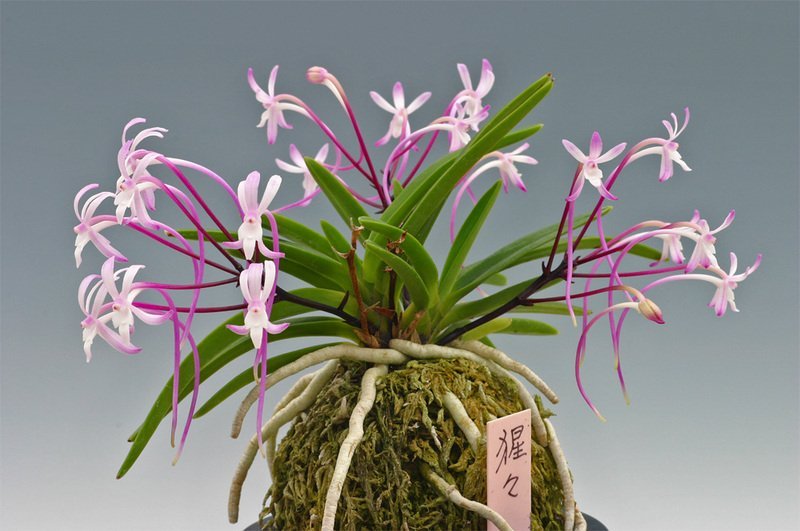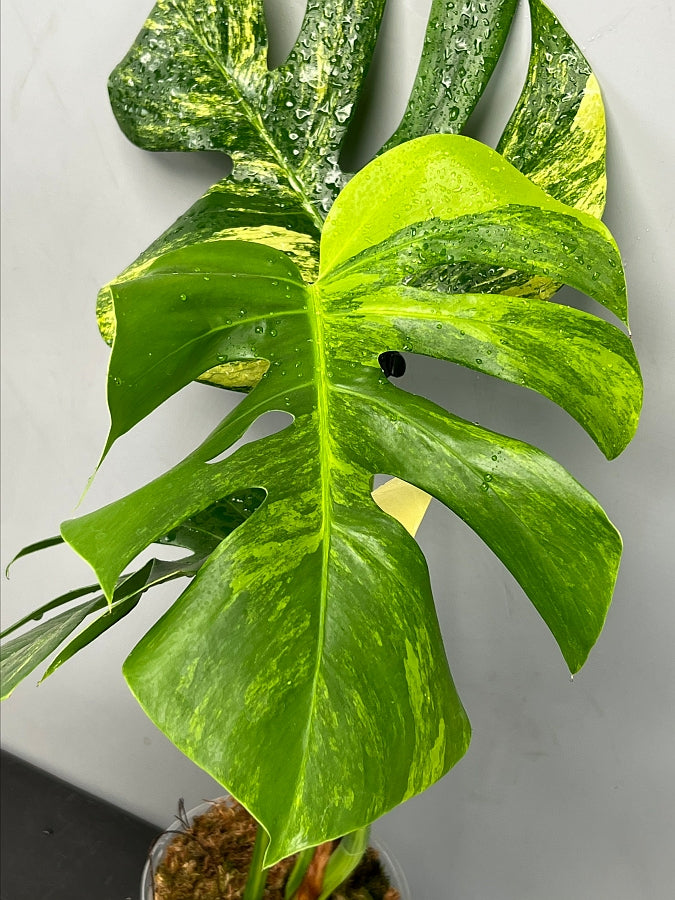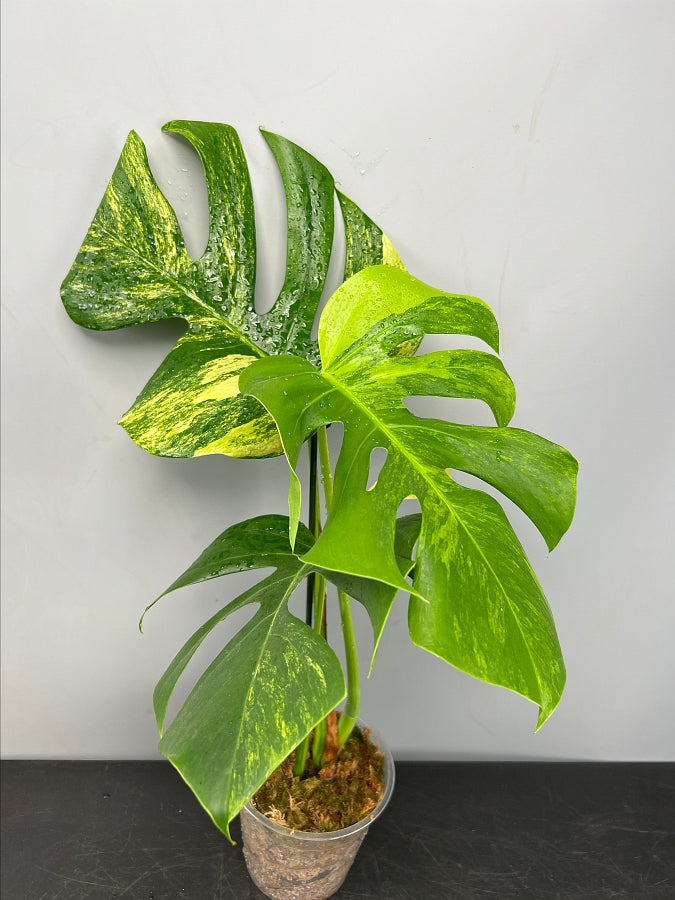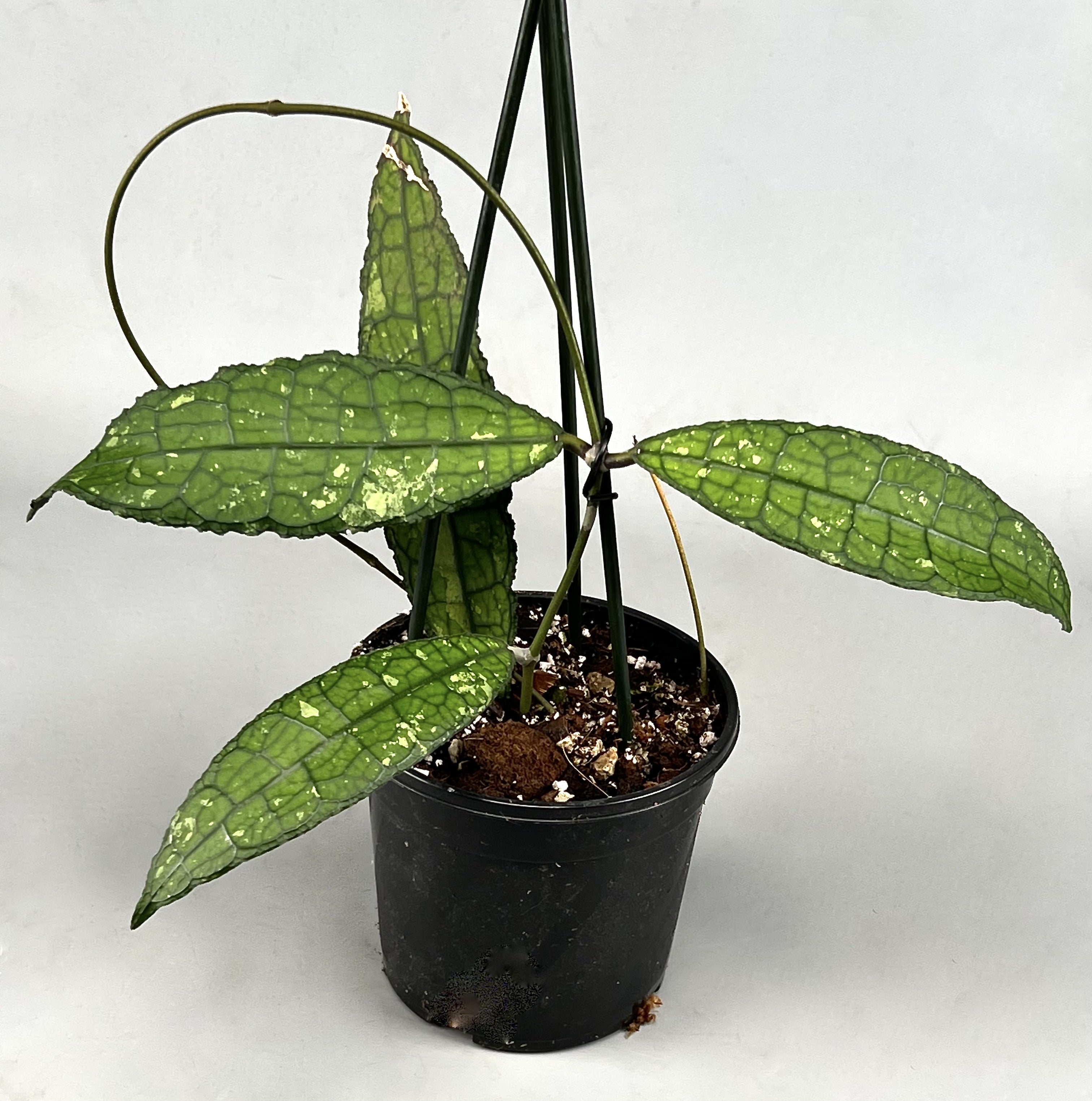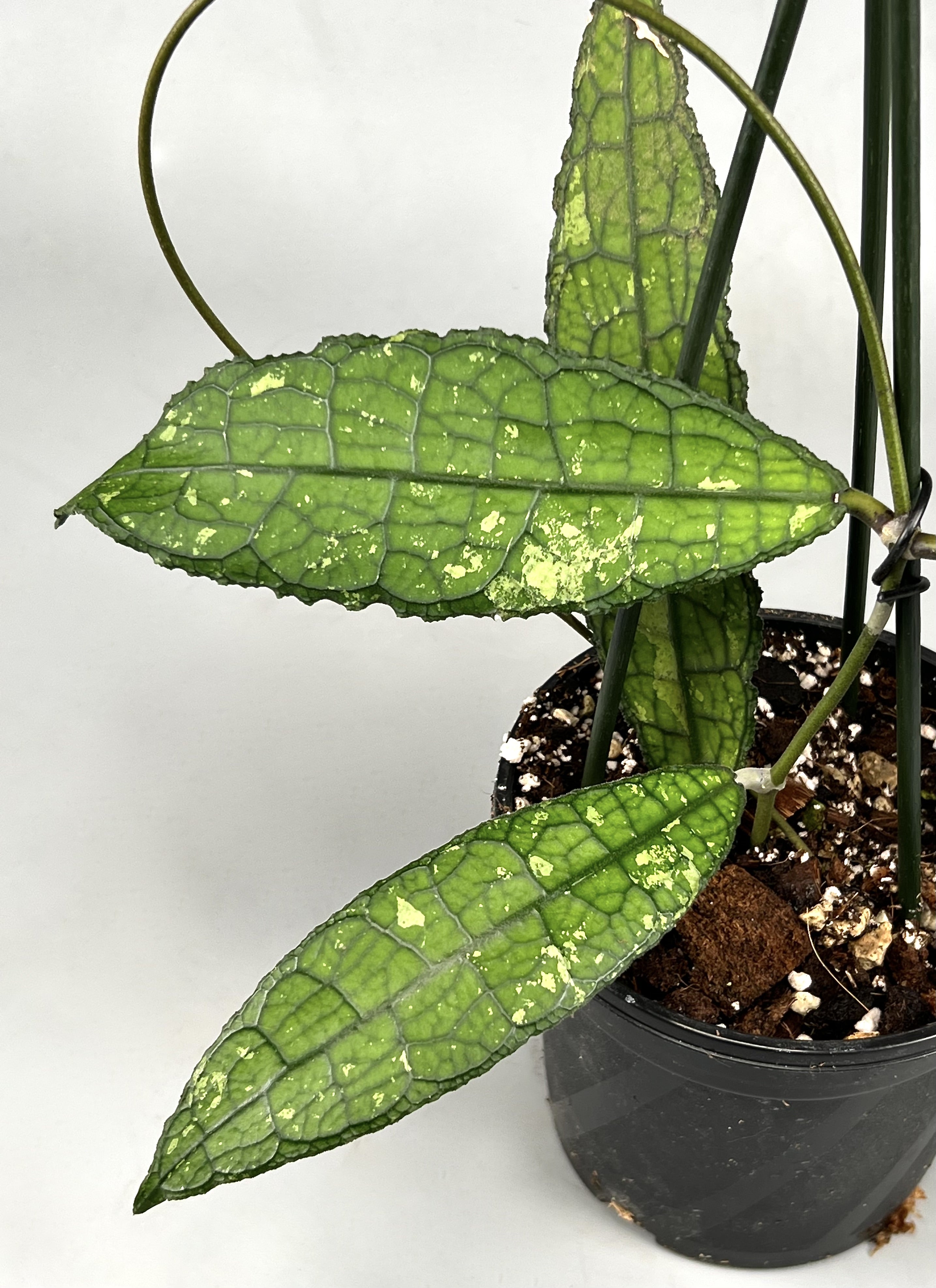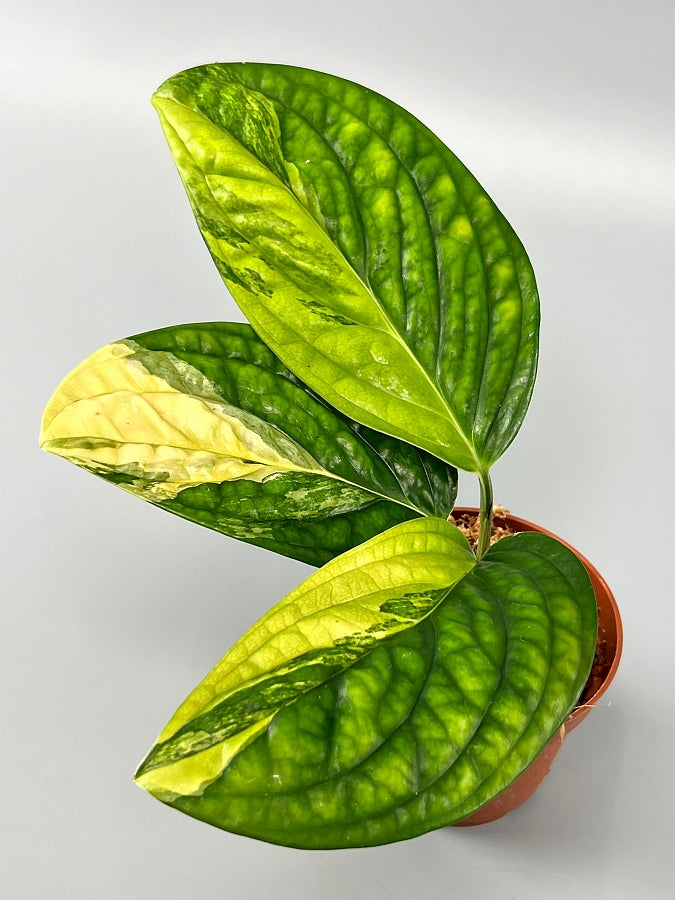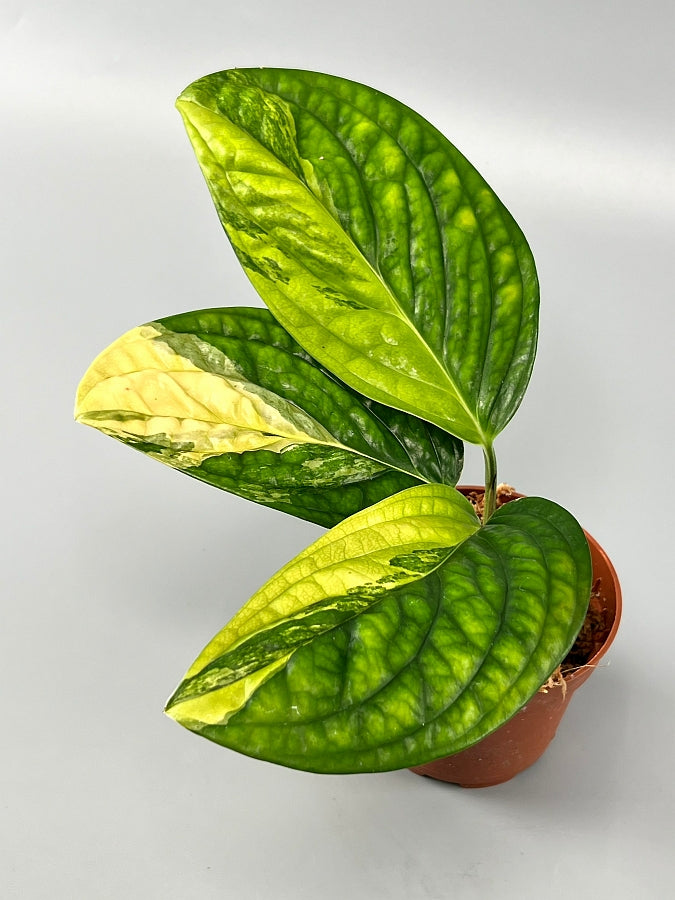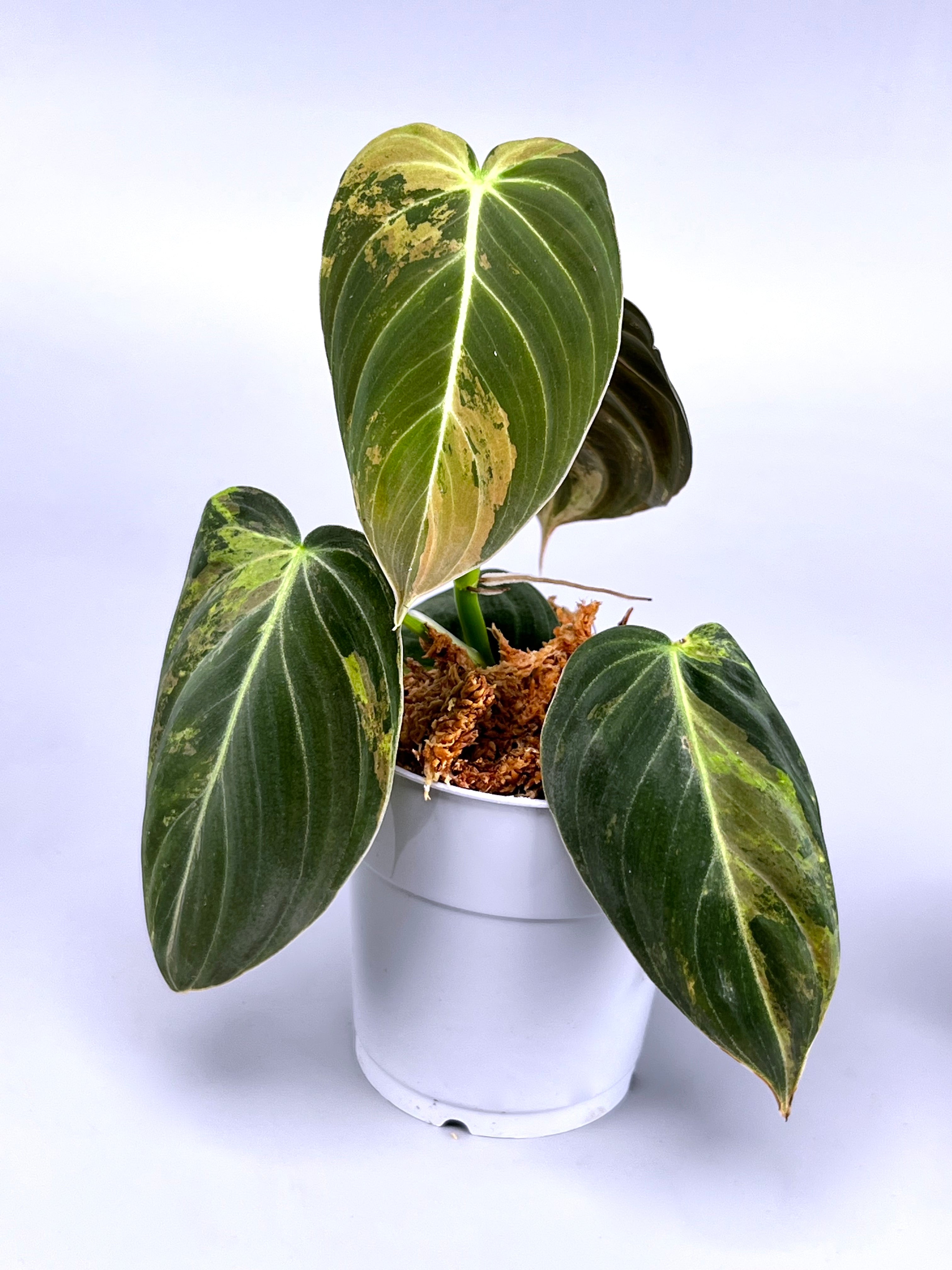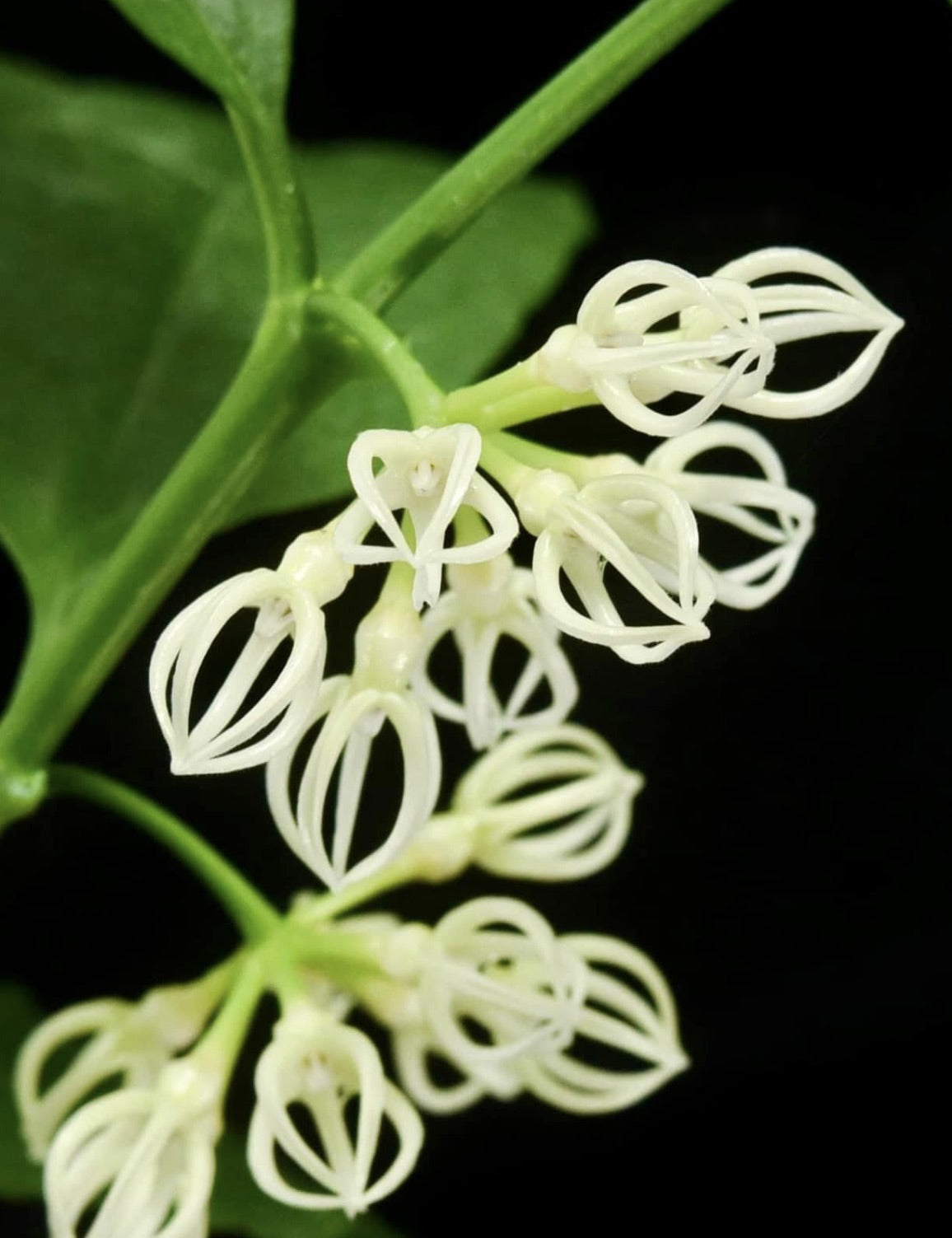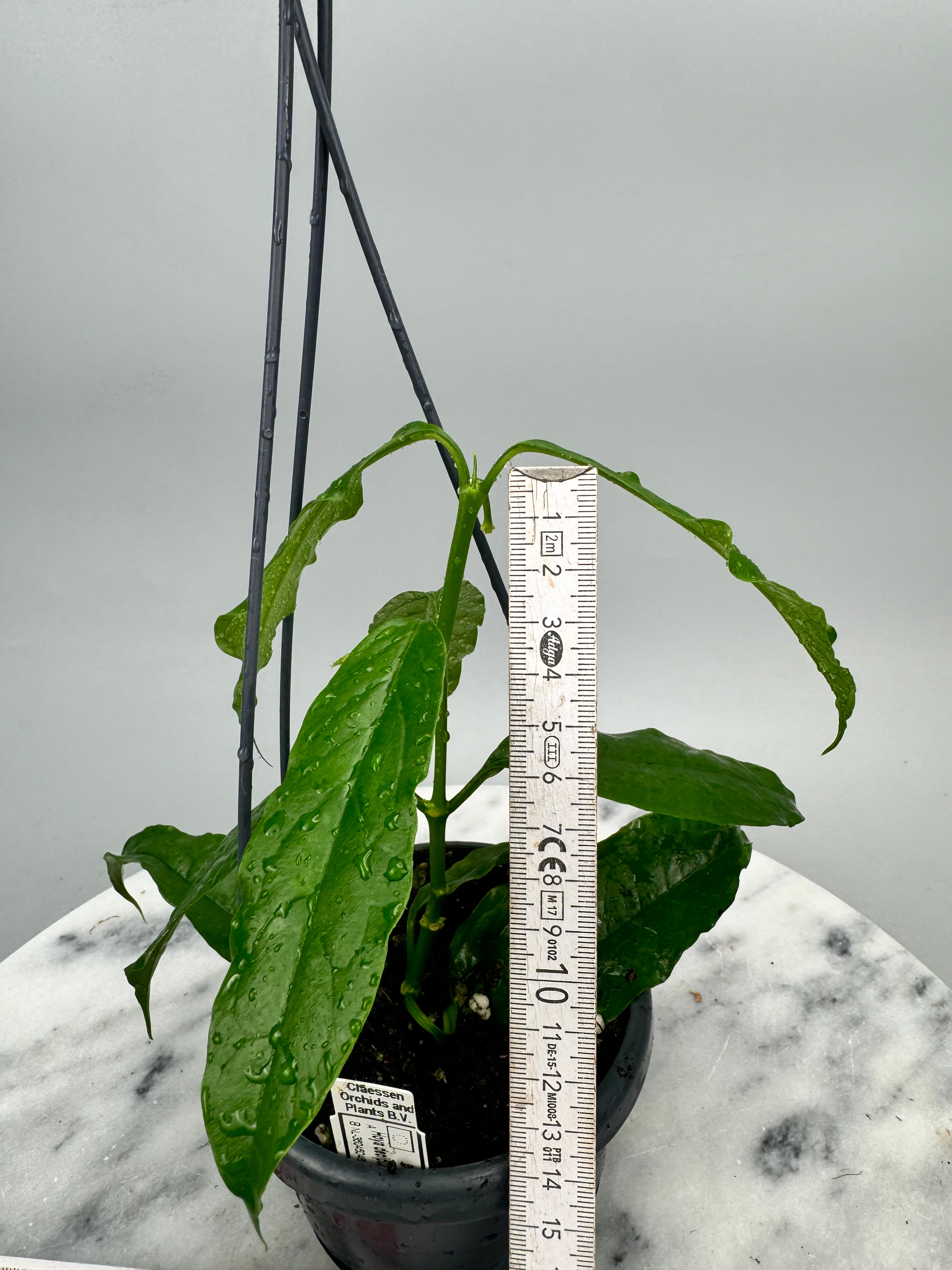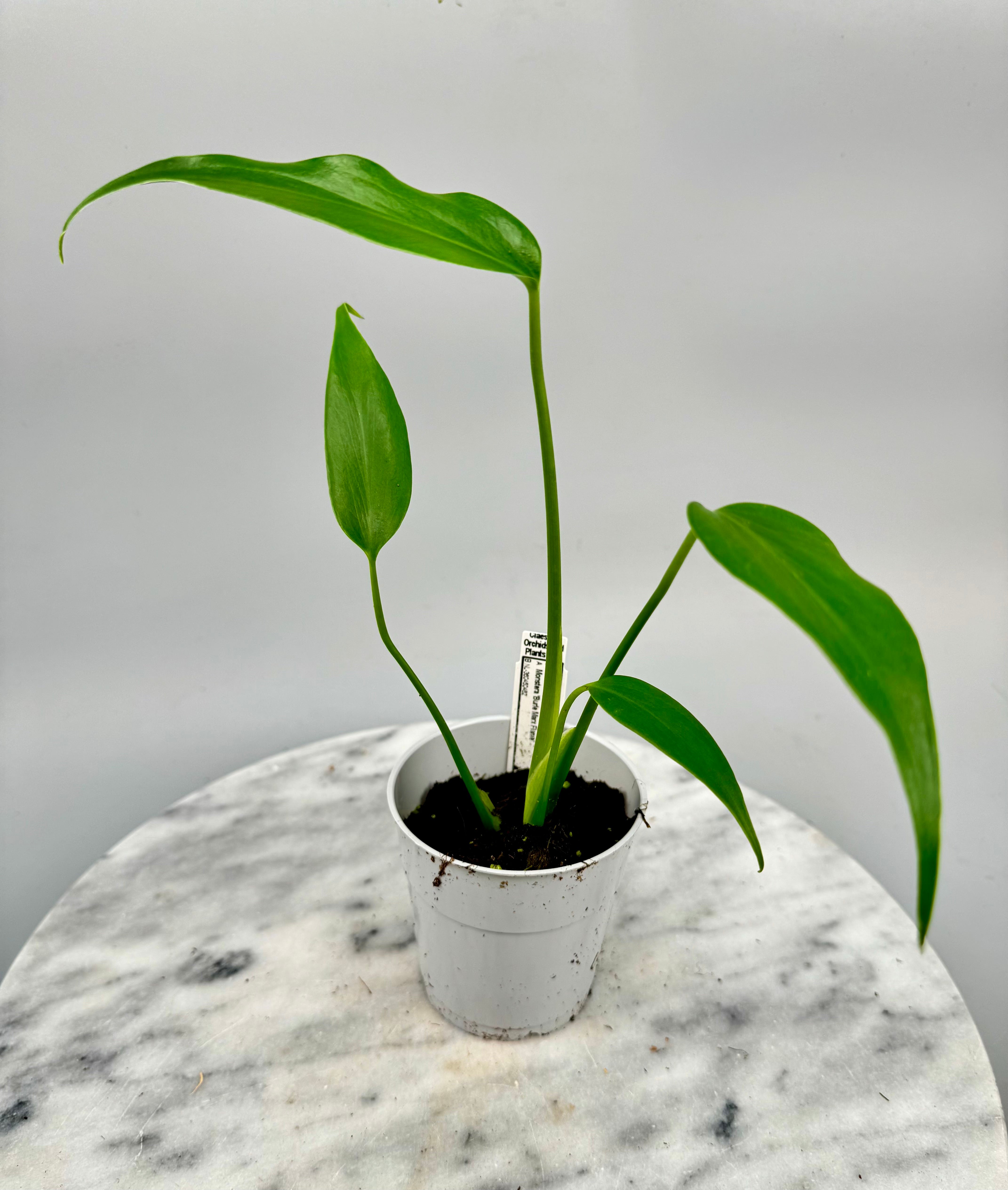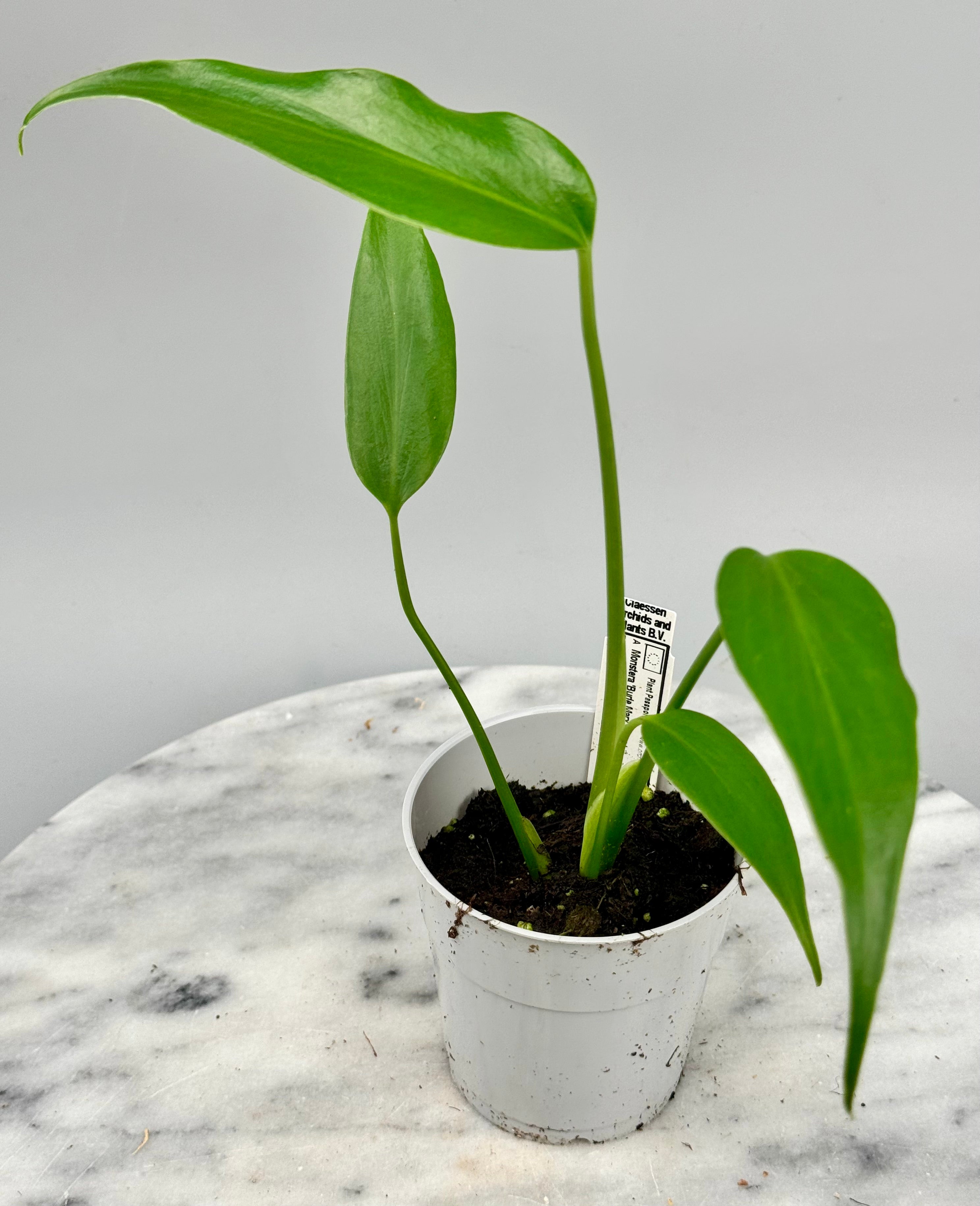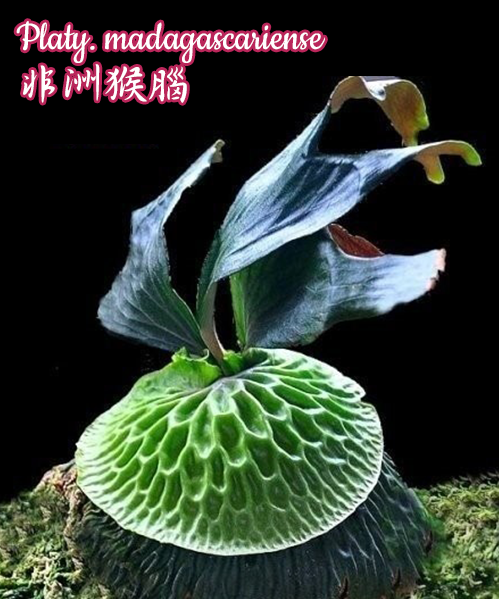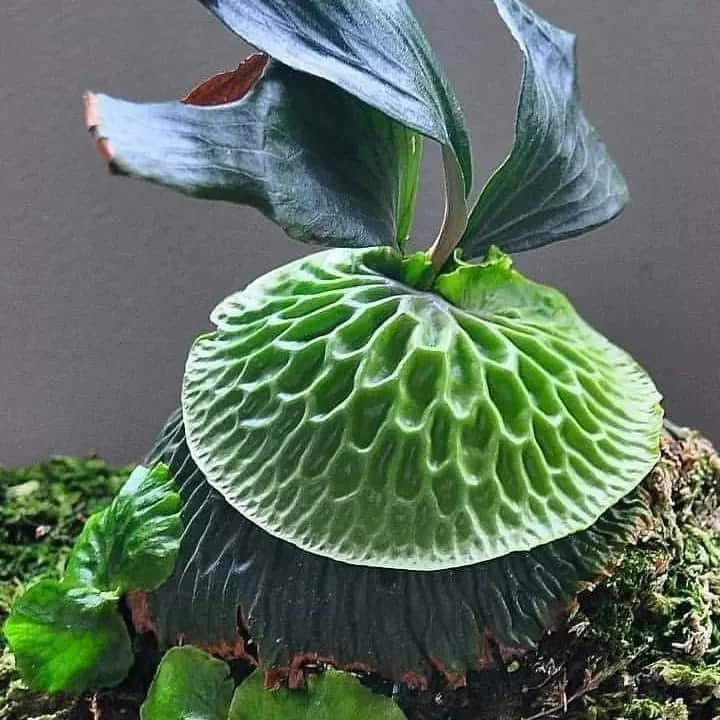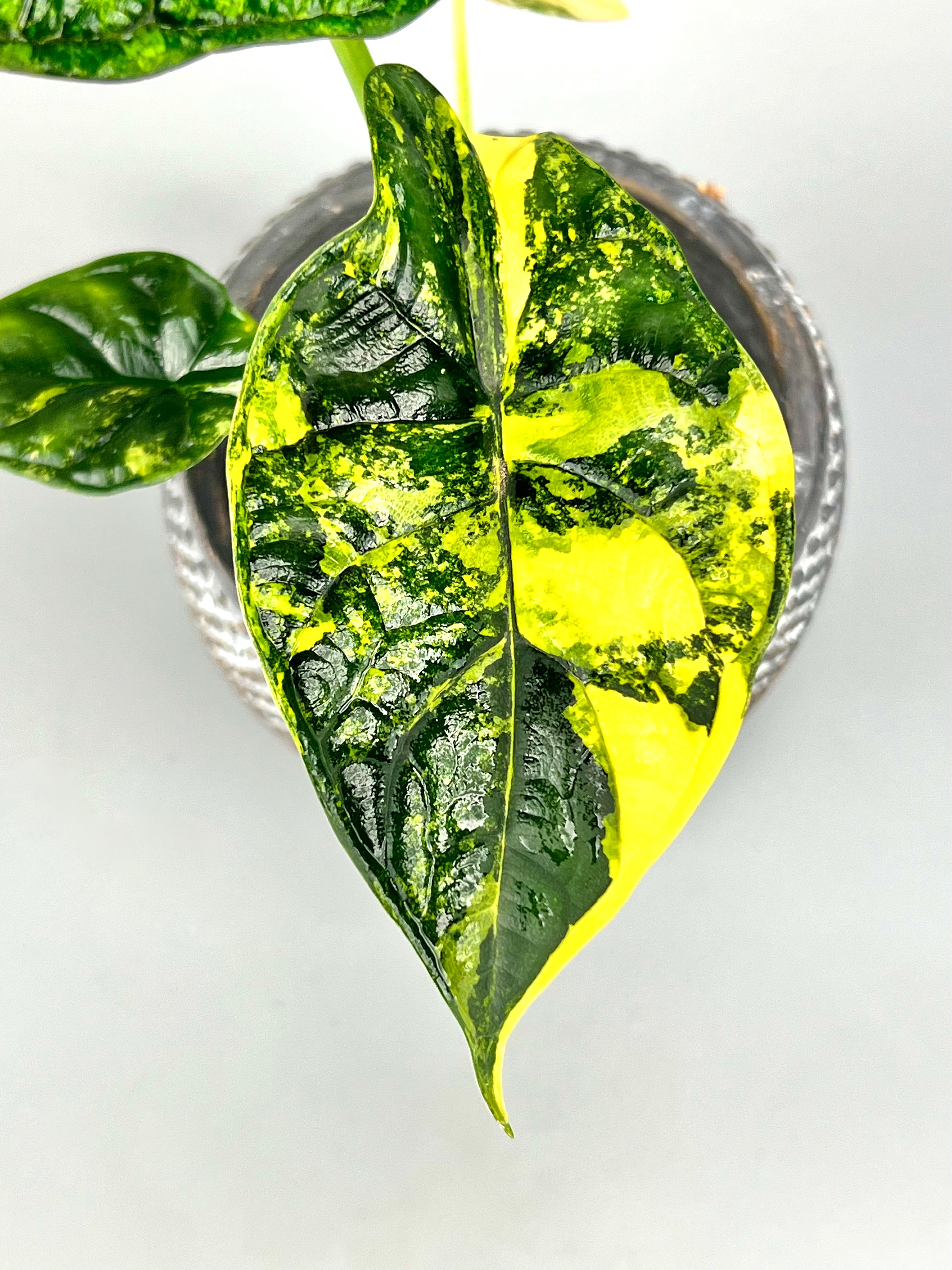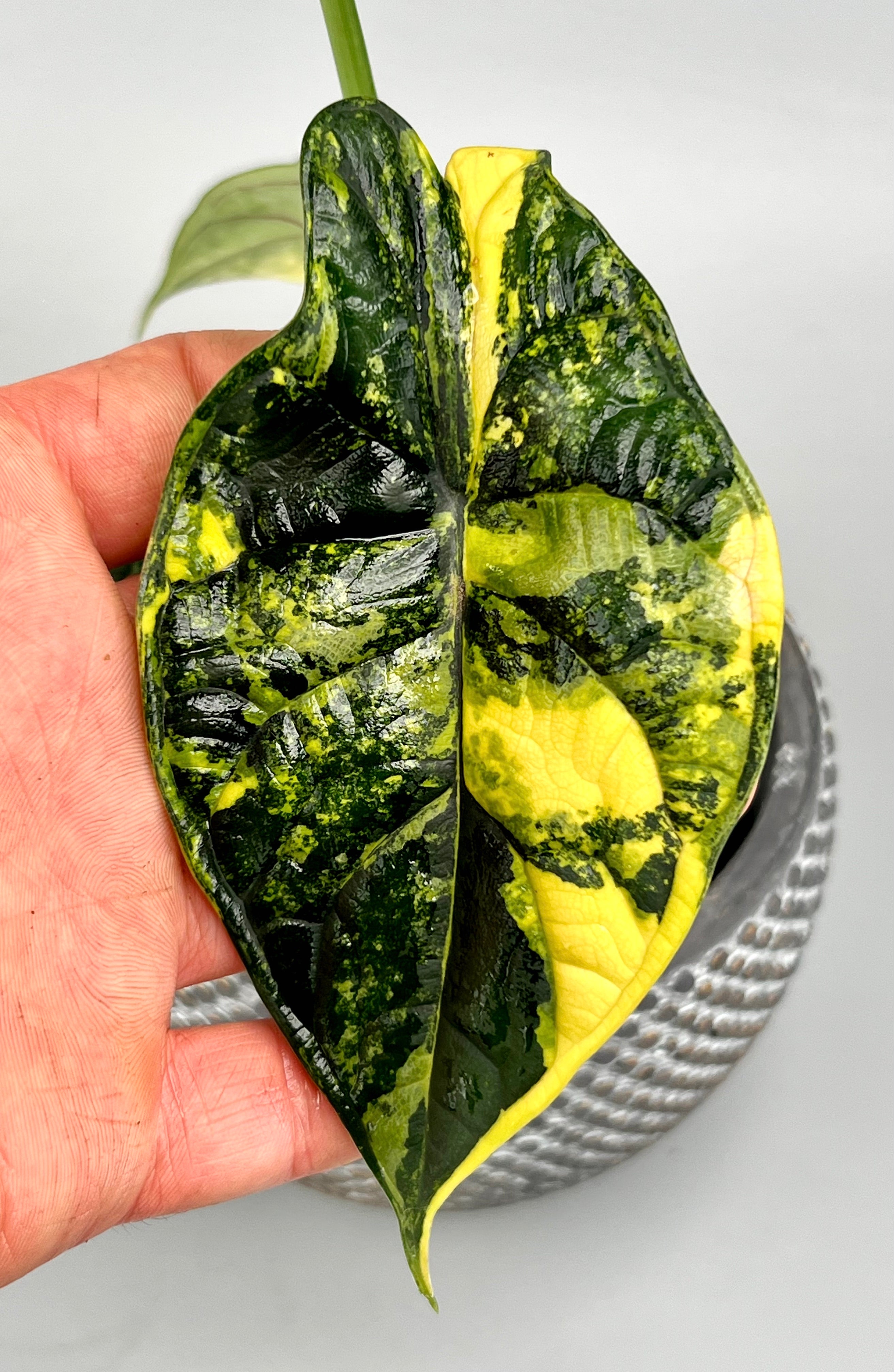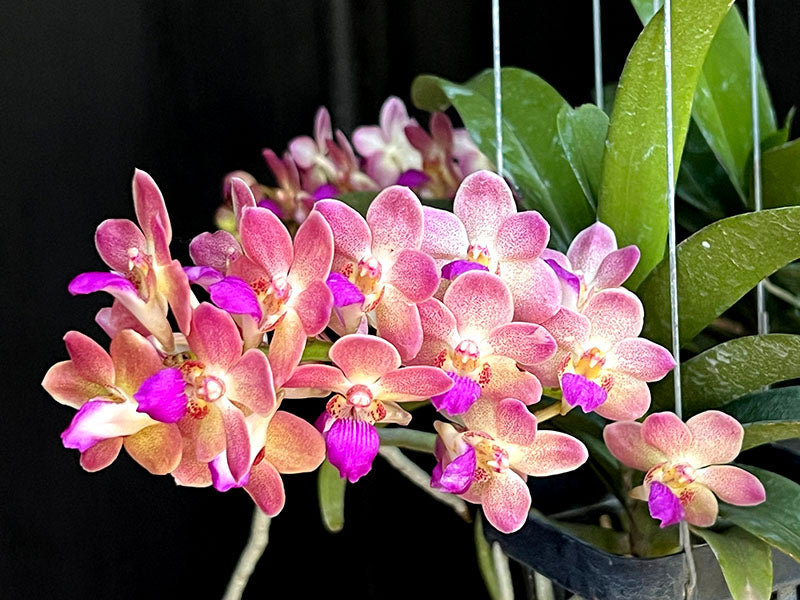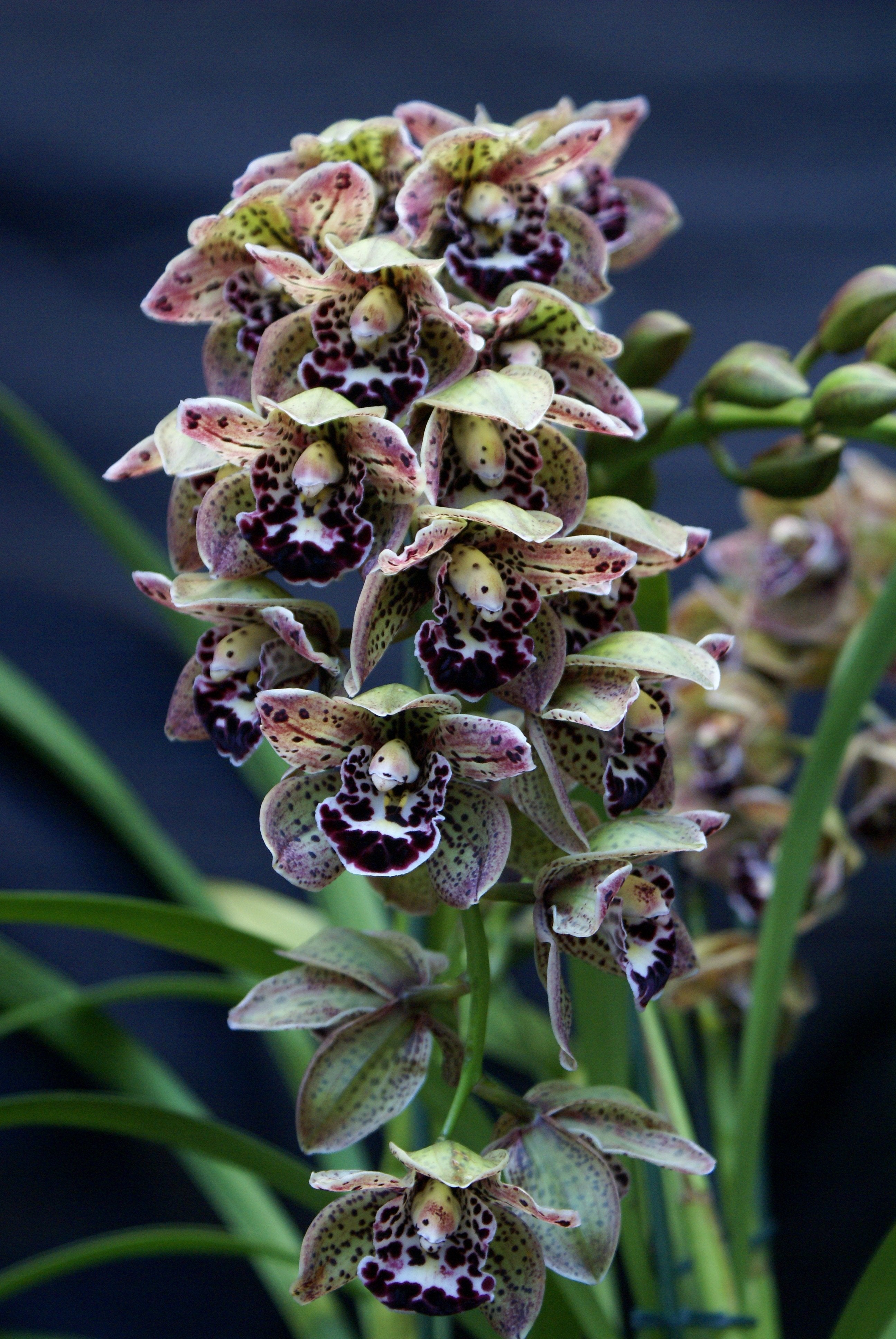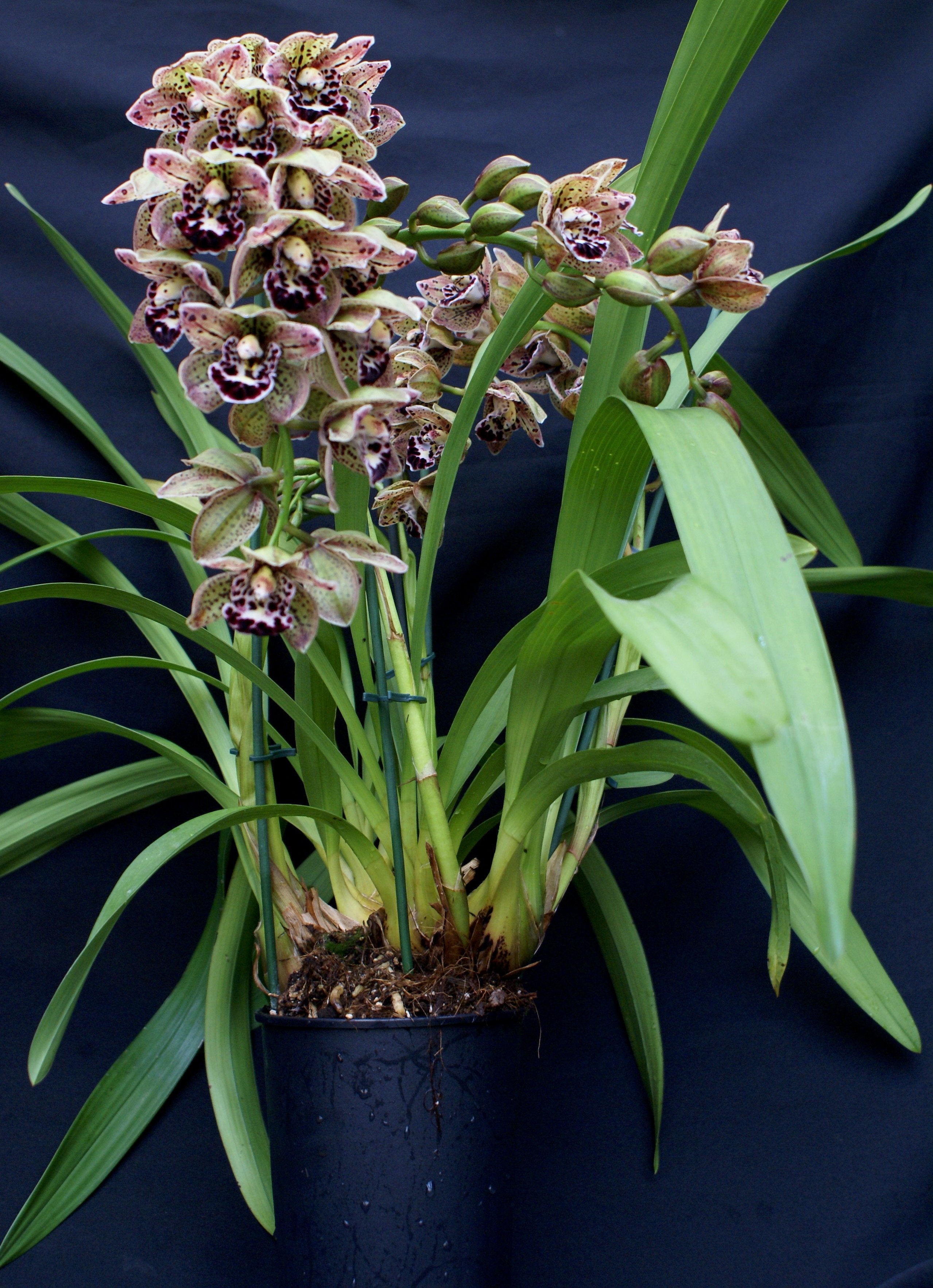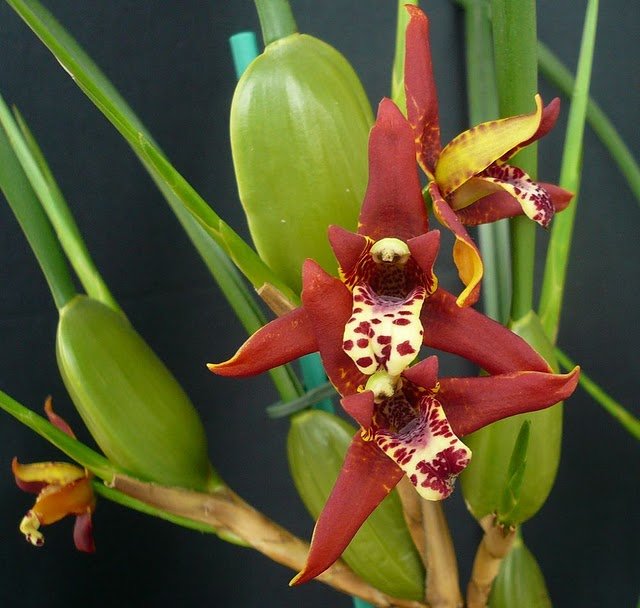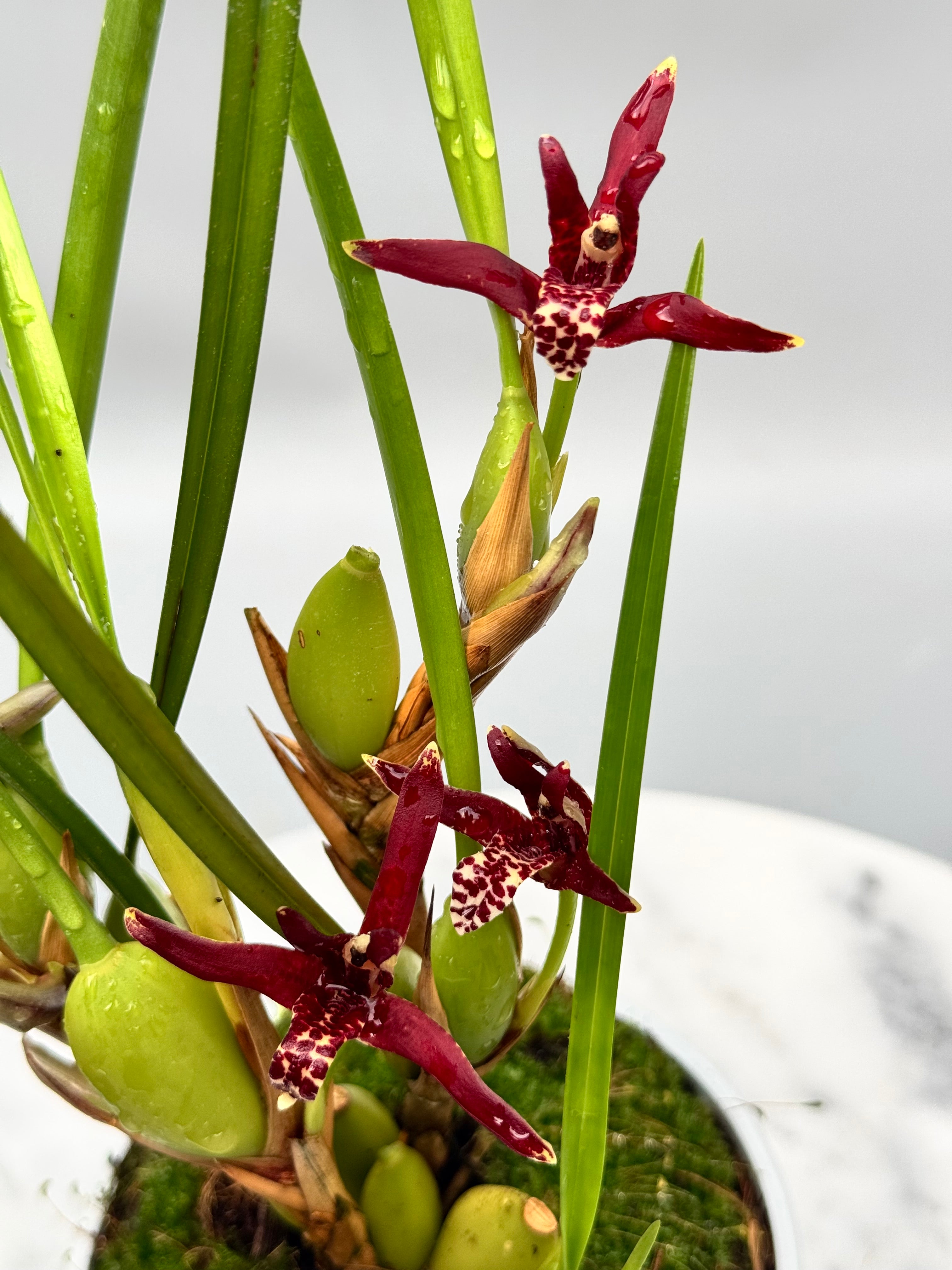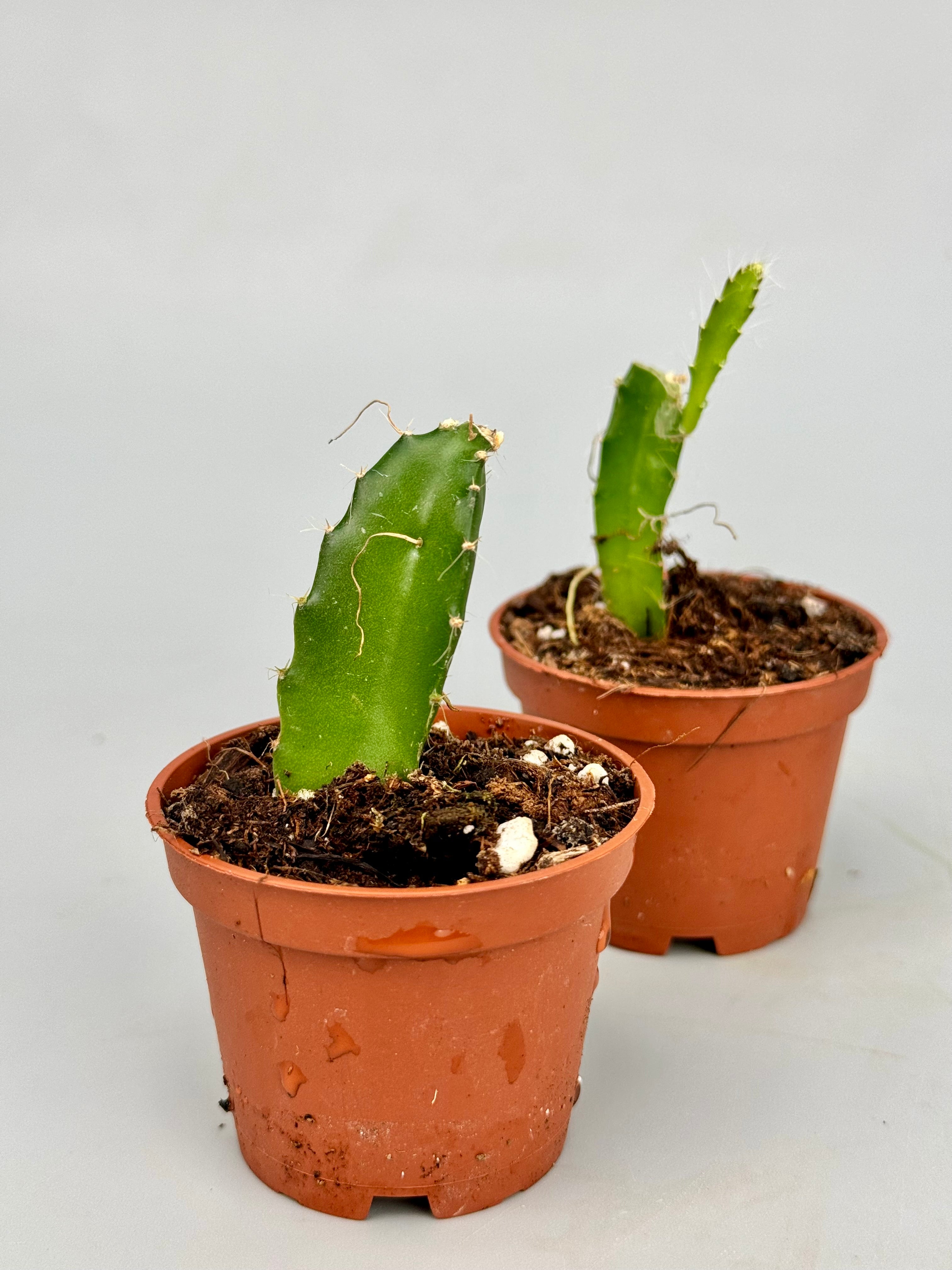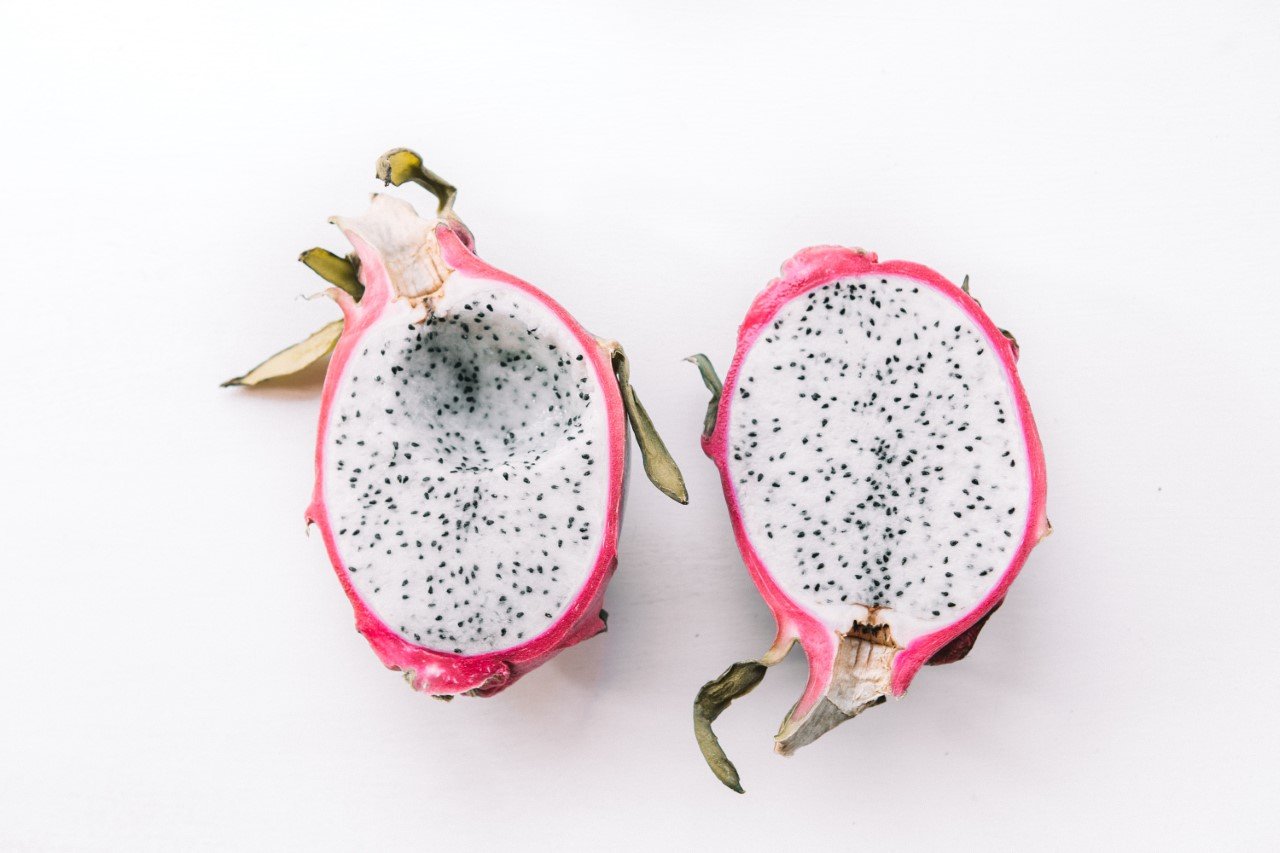Black plants attract immediate attention. They seem almost unnatural in a world full of green leaves and colorful flowers. Yet they occur in nature - sometimes subtly dark purple, sometimes almost pitch black. But why would a plant choose such a seemingly somber color? Is it more than just outward display? The answer is Yes. Black pigmentation may actually offer plants evolutionary advantages.

Black is not a color, but a clever trick
What we see as black in leaves or flowers is often a high concentration of dark anthocyanins: pigments that can also color red, purple or blue. In high doses, they absorb almost all light, making the surface appear black. That may sound like a disadvantage - plants need sunlight for photosynthesis, right? Yet it is more nuanced.

Protection from too much sunlight
In areas with a lot of sun and bright UV radiation, black can have a protective function. The dark pigments act like natural sunglasses and prevent cells from being damaged by excessive light exposure. Especially in young shoots, delicate flowers or new leaves, this protection can be crucial. Black acts as a shield without completely blocking photosynthesis.

Heat retention capacity
Black surfaces absorb heat better than lighter colors. In cool climates or for plants that sprout early in spring, a dark color helps them warm up faster. This speeds up metabolism and growth processes. Some alpine plants or marsh plants literally use this principle to "survive in the cold."

Protection against foraging
Dark leaves can also act as a deterrent to herbivores. Many animals avoid black or very dark leaves, possibly because they associate them with inedibility or toxicity. This is similar to how brightly colored frogs or insects show their toxicity through striking colors. So for a plant, black can be a subtle warning signal.

Competition between plants
Some black or dark-leaved plants grow under severe competitive conditions, such as in dense forests or poor soils. Here, dark pigments can help make more efficient use of available light, or conversely suppress the growth of competitors by reflecting less light. In some cases, black acts as a form of "light manipulation" in competition for space and energy.

And with houseplants?
Many black plants in the trade - such as the Zamioculcas 'Raven,' the black variety of Colocasia, or dark-leaved Alocasia's - owe their color to breeding or selection, often from a natural mutation. They are loved for their mysterious appearance, but so their color often has a practical origin in nature.
Summary
Black plants are more than a visual curiosity. Their dark color comes from evolutionary strategies: protection, heat preservation, camouflage or competitive limitation. In a world where survival is all about adaptation, black turns out to be a surprisingly smart move.
Want to add your own black plant to your collection? Then choose not only with the eye, but also with the head - because there is often a whole story behind that color.

